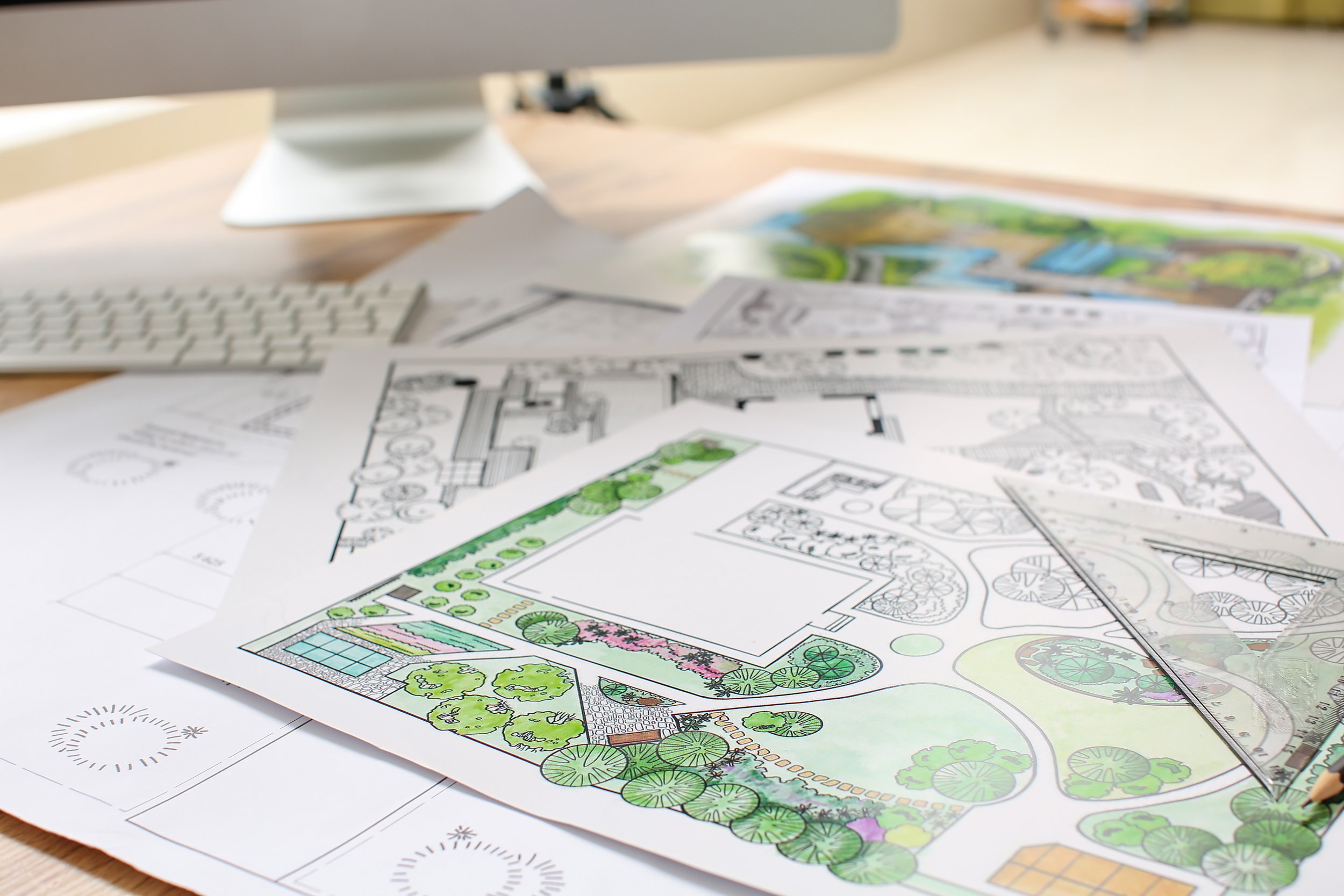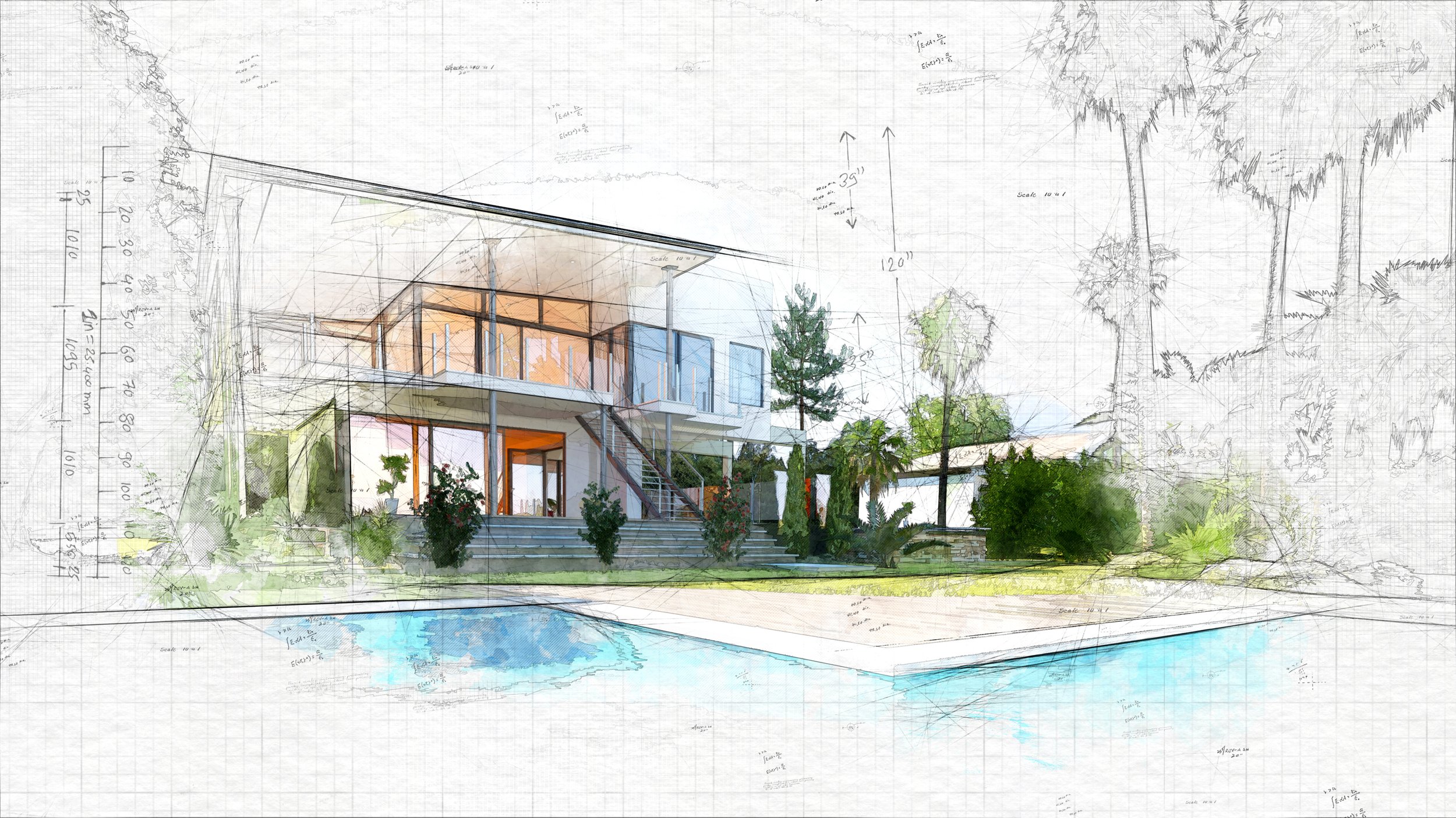7 Elements in Landscape Design
Our Approach
Outdoor living spaces needs order and function to create a cohesive and functional outdoor space that serves the needs of the people who use it. Order refers to the organization of the various elements in the landscape, such as the placement of paths, gardens, and other features. A well-ordered landscape will have a clear and defined structure, with elements that are arranged in a logical and functional way. A functional landscape will include elements that are designed to serve specific purposes, such as seating areas for relaxation, playgrounds for children, or gardens for growing food. It also includes the consideration of accessibility, safety, and maintenance.
Our design team will take into account both order and function when designing a landscape. The design will be aesthetically pleasing, but it will also be functional and serve the needs of the people who will use it. By combining order and function, we can create outdoor spaces that are beautiful, functional, and sustainable. To create order and function, we use the following 7 elements of landscape design:
Our 7 Elements of Landscape Design
Line: refers to the use of lines in the garden, such as the lines of paths, walls, and edges of beds and borders. It also includes the visual lines created by the direction and placement of plants.
Form: refers to the overall shape and structure of the garden, including the shapes of individual plants and garden features.
Texture: refers to the surface characteristics of the various elements in the garden, such as the leaf texture of a plant or the roughness of a stone walkway.
Scale: refers to the relative size of the elements in the garden, such as the size of a tree compared to a building or the size of a garden bed compared to a lawn.
Color: refers to the use of color in the garden, including the colors of flowers, foliage, and other garden features.
Light: refers to the way light is used in the garden, including the direction and intensity of light, and the way it affects the colors and textures of the garden.
Time: refers to the seasonal changes in the garden and the way different plants and garden features change over time.
These elements work together to create a cohesive and visually interesting landscape design. A good landscape designer will take into account all of these elements when creating a garden design and will use them in a way that enhances the overall aesthetic of the garden.


